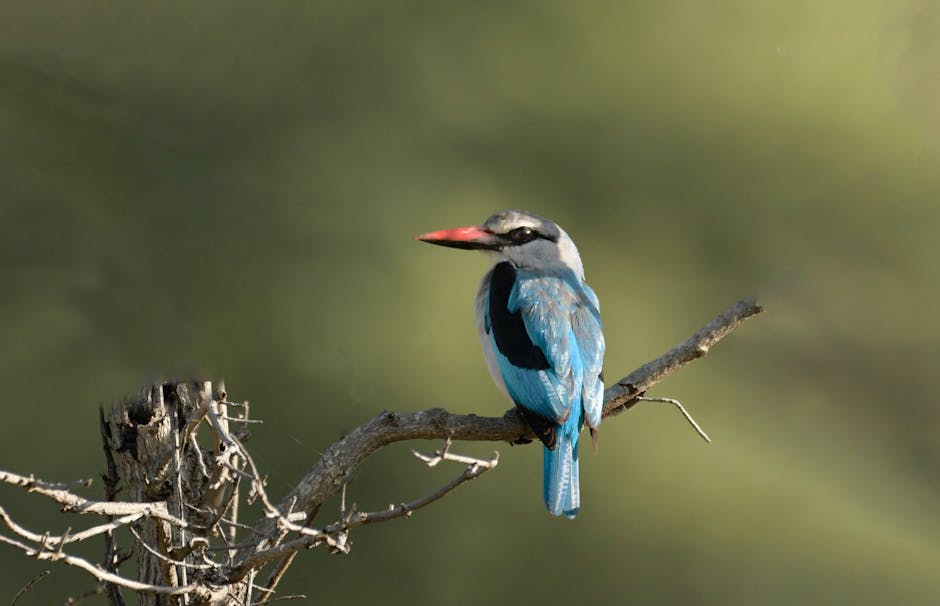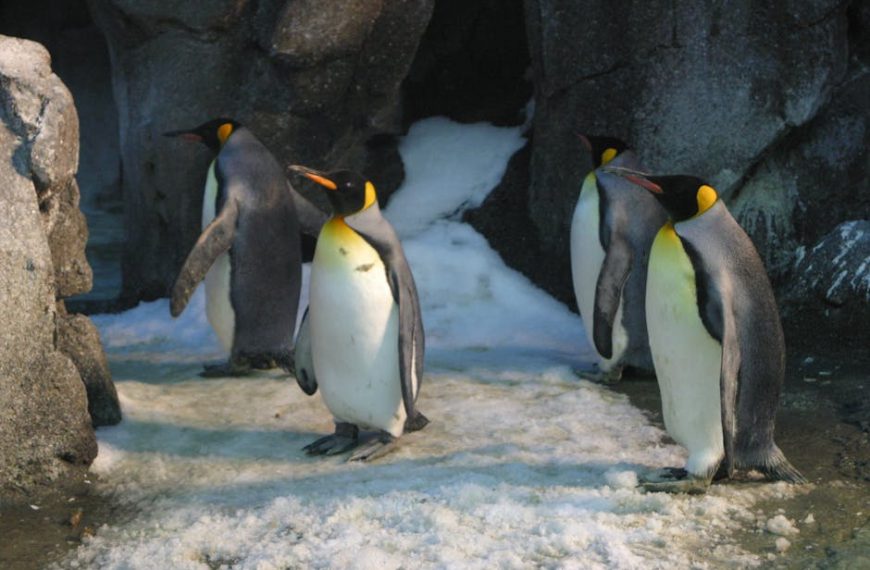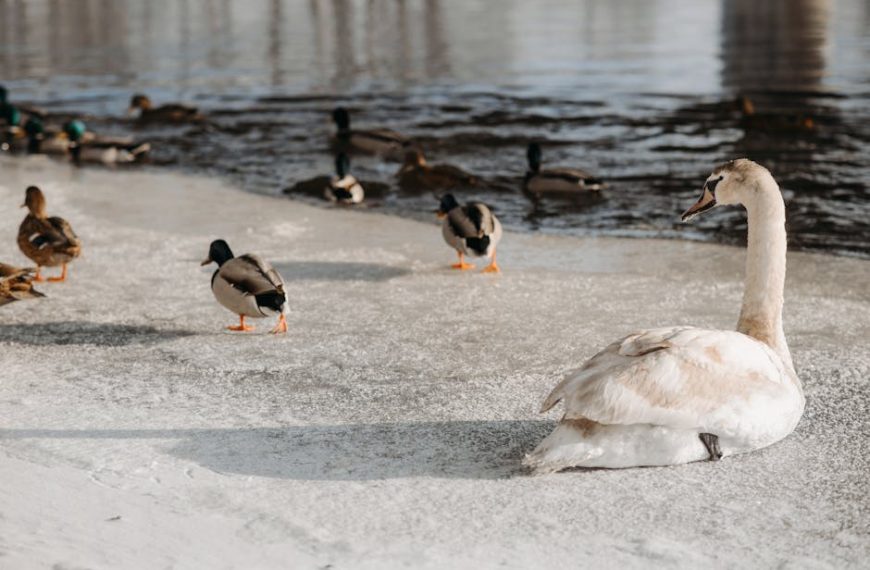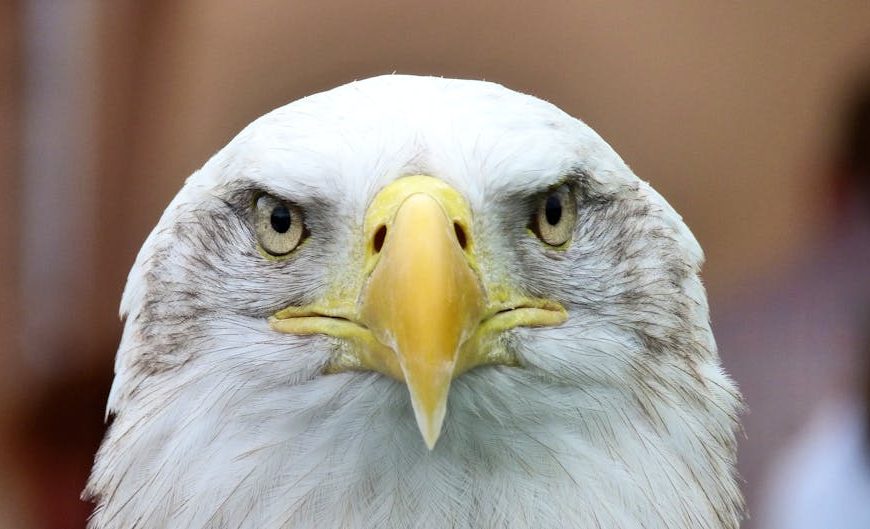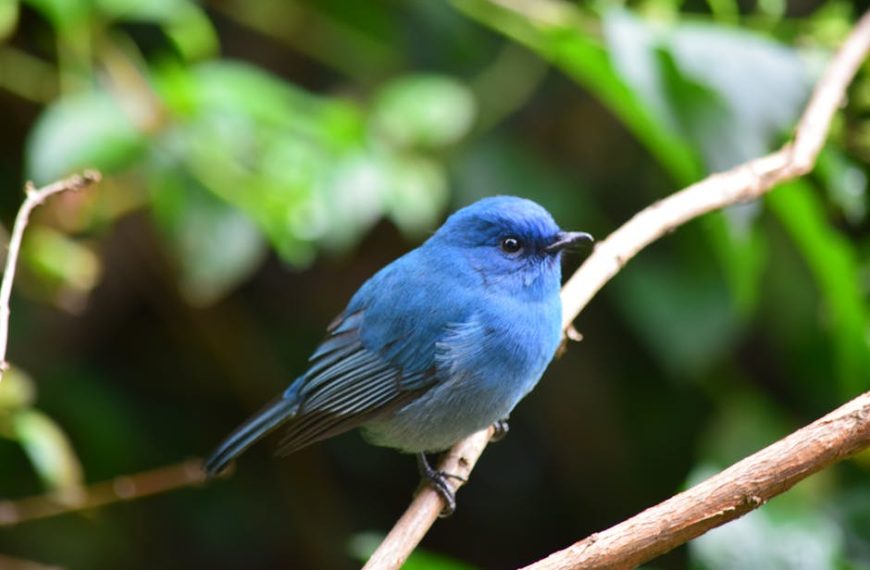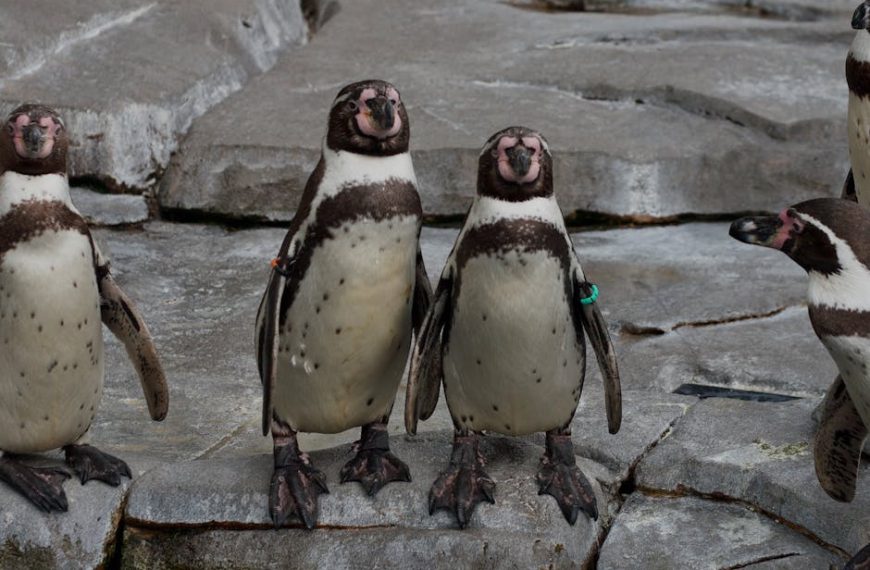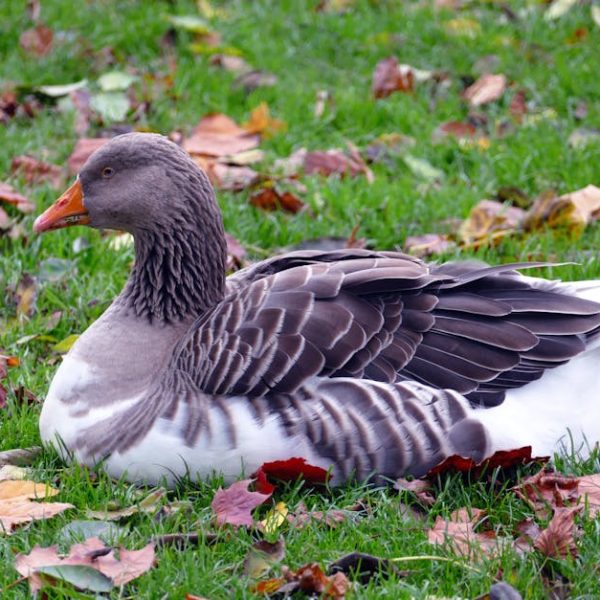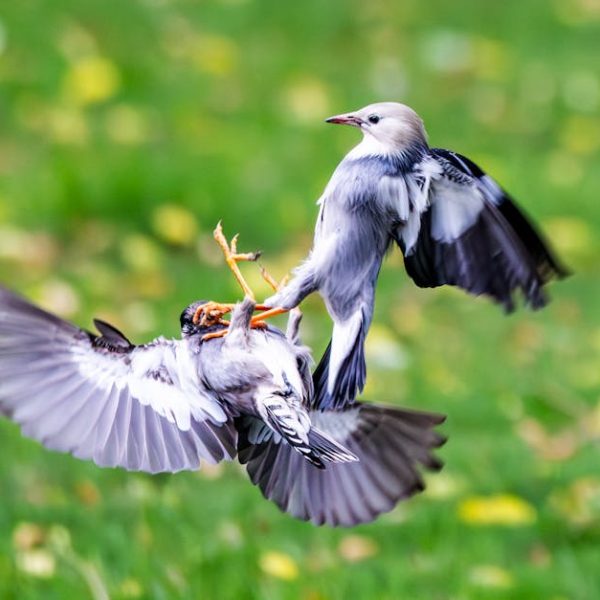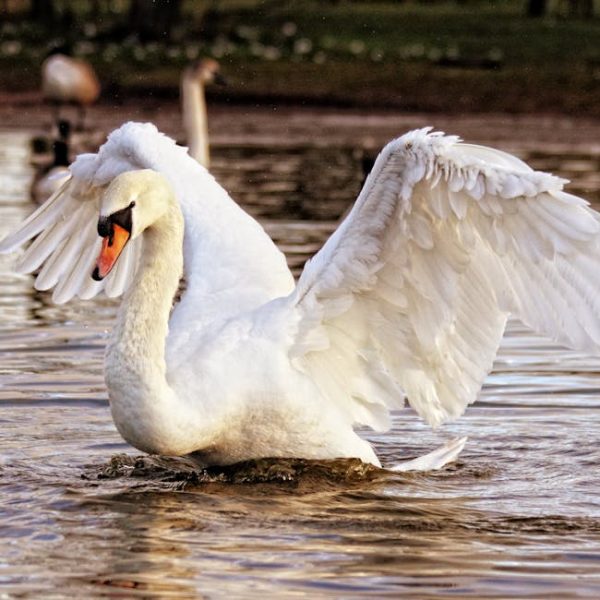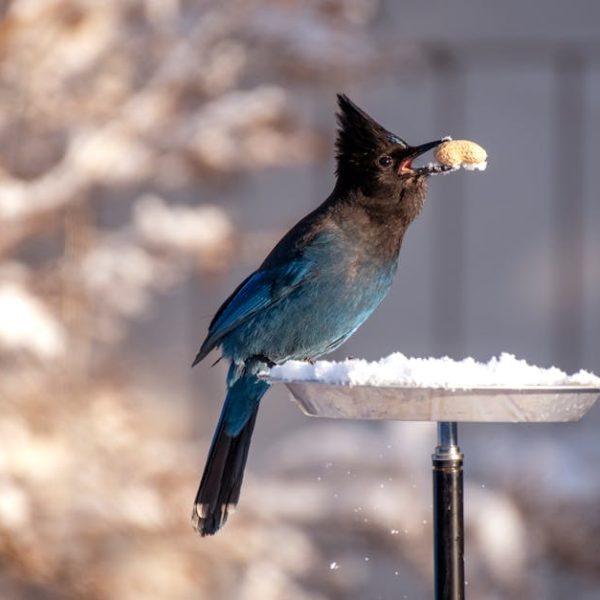When birds lose their parents, their reactions can be heartrending. The wide spectrum of emotions birds experience closely mirror human grief, making it easier for us to empathize with their predicament, though our understanding of their mental state remains limited.
One of the most overt signs of a bird mourning the loss of its parents or offspring comes in the form of behavioral changes. This includes decreased activity, a drop or absence of vocalization, and an apparent refusal to leave the deceased’s side. Such observable habits in birds are reminiscent of mourning behaviors seen in mammals, though there are significant differences to note.
Birds and Their Mourning Behaviour
Like many animals, birds exhibit multifaceted expressions of grief when they lose their offspring. Common bird species like sparrows, pigeons, or parrots, are known to demonstrate various indicators of mourning when facing loss. Mourning behaviors in birds, as observed by ornithologists, generally include:
- Decreased activity
- Low or absent vocalization
- Refusal to leave the deceased’s side
- Inexplicable aggression or extreme quietness
An illuminating comparison between the mourning behaviors of birds and other animals, particularly mammals, reveals intriguing similarities and divergences. Unlike most mammals who exhibit visible signs of distress and loneliness after a loss, birds try to integrate back into their respective communities seemingly quicker. This, however, does not undermine the intensity of their grief.
Understanding Bird Grief: From Denial to Acceptance
Grief among birds can be surprisingly complex, transcending stages similar to the human grieving process — from denial to acceptance. However, the manifestations of these stages can vary across bird species, depending upon their individual personalities and flock dynamics.
Pro tip: To identify signs of grieving in birds, look for marked behavior changes, like decreased social interaction, drastic alterations in feeding habits, and reluctance to engage in usual activities.
Best practice for researchers: While studying bird behavior in the context of grief, maintain minimal interference to ensure their natural behavior is not disrupted. This paves the way for authentic and reliable observation.
Bird Parenting and the Impact of Losing Offspring
Bird parenting is an intricate process that emotionally binds birds to their offspring. This makes the death of their babies an incredibly distressing event, clearly observable in marked behavior changes, such as decreased feeding activities and changes in their nesting behavior.
Much like humans, bird parents go through a period of intense adjustment following such loss. Their parenting instincts, like feeding or protecting the young, may remain active, leading to unprecedented changes in their behavior. Their grief can be as profound and heartbreaking as experienced by human parents.
By understanding bird grief, we inch closer to unveiling the intricate web of emotions experienced by animals, allowing us to empathize and co-exist with them better in the natural world. This information serves not just to enrich our knowledge, but also to impact larger realms like conservation strategies and animal welfare policies. We shall further explore these implications, leaving no stone unturned in this deep dive into the avian world.
Role of Bird Communities in Mitigating Grief
It would be remiss to ignore the role played by bird communities in supporting their grieving members, much like human communities do. Birds have been observed to gather near the deceased, showing a form of collective mourning. Studies also suggest that when a member of a bird community dies, others may express their grief through altering their behaviors, like decreased singing or increased aggression.
Pro Tip: Watch out for unusual gathering or changes in bird community interaction after a death. These could signal the community’s collective mourning or support for bereaved member.
Best Practice for Observers: During these sensitive periods of collective mourning, it is crucial to ensure minimal disturbance. Stick to quiet, non-disruptive observation methods to respect their mourning process.
Implications for Conservation and Animal Welfare
Deeper understanding of bird grief carries significant implications for conservation strategies and animal welfare policies. By observing and recognizing signs of grief, we can empathize better and formulate more compassionate and effective practices.
Potential policy suggestions that could stem from an understanding of bird grief include:
- Policies that prioritize minimal human interference during sensitive periods
- Increasing protected spaces for birds to live and breed without human disturbance
- Creating interventions that consider the emotional well-being of birds
Understanding bird grief also promises to enhance conservation strategies. However, it does carry its own set of challenges and benefits. An HTML table summarizing these would look something like this:
| Pros | Cons |
|---|---|
| Allows for more compassionate conservation and animal welfare policies | Requires significant time and resources to study and understand these behaviors |
| Helps in creating preventive measures against unnecessary bird deaths | Bird grief is a complex process that can vary greatly among different species |
As we continue to uncover the complex emotions of our feathered friends, our scope for empathy expands, and consequently, so does our ability to contribute positively to their well-being and conservation. For, as we journey deeper into their world, we come to realize that they too, like us, mourn, grieve, and heal. And perhaps, in understanding their heartbreak, we can open our hearts to reducing their pain.
Key Takeaway:
- Birds, much like humans and other animals, show significant signs of mourning and grief when they lose their offspring, which includes decreased activity, less or no vocalization and refusal to leave the side of the deceased.
- The grieving process in birds can be seen as parallel to the human process of grieving, ranging from denial to acceptance, though the manifestation of these stages varies across different bird species.
- Intricate bird parenting makes them deeply attached to their offspring, increasing the impact of their loss and resulting in observable behavioral changes.
- Bird communities play a crucial role in providing support to grieving members, comparable to human communities.
- The understanding of bird grief has significant implications for conservation strategies and animal welfare policies, aiding in the formulation of more compassionate and effective practices.
The complex emotional lives of birds continues to be a source of fascination and insight for us. Seeing their grief can be heartrending, but it also reminds us of the deep connections all living creatures form. Through our understanding of their pain, we can extend empathy and assure better coexistence, contributing positively to their welfare and conservation.
FAQs
Q: How can I, as a layperson, identify a grieving bird?
A: Watch for behavioral changes such as decreased activity, lower or absent vocalization, and continuous presence by the deceased’s side. Increased aggression or unusual quietness could also be signs of mourning.
Q: Do all bird species show similar grieving behaviors?
A: No, the mourning behaviors and the grieving process might vary significantly across different bird species, highlighting the complexity of their emotional lives.
Q: How does the loss of offspring affect bird parents?
A: Much like human parents, bird parents go through a period of intense adjustment following such loss, with observable behavioral changes like decreased feeding activities and changes in their nesting behavior.
Q: How do bird communities respond to a death in their group?
A: Bird communities often gather near the deceased and may change their behaviors in signs of collective mourning or support. This community support aids in the recovery process of the grieving birds.
Q: How can understanding bird grief influence conservation strategies and animal welfare policies?
A: Understanding bird grief can lead to more compassionate conservation strategies and animal welfare policies, including policies that prioritize minimal human interference during sensitive periods and measures considering the emotional well-being of the birds.
If you found this article informative and insightful, we encourage you to explore more posts on our website and share this article with fellow bird lovers and conservation enthusiasts.
